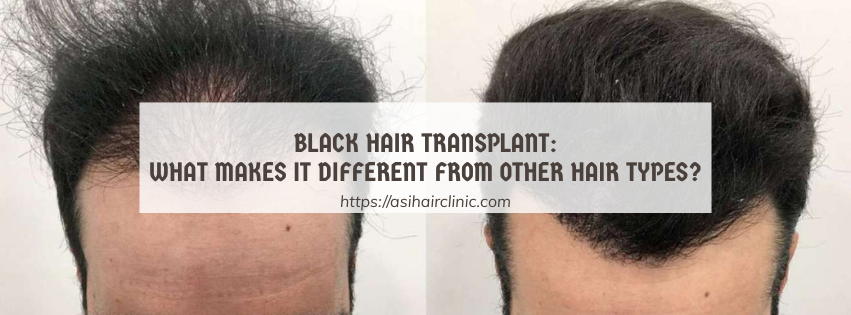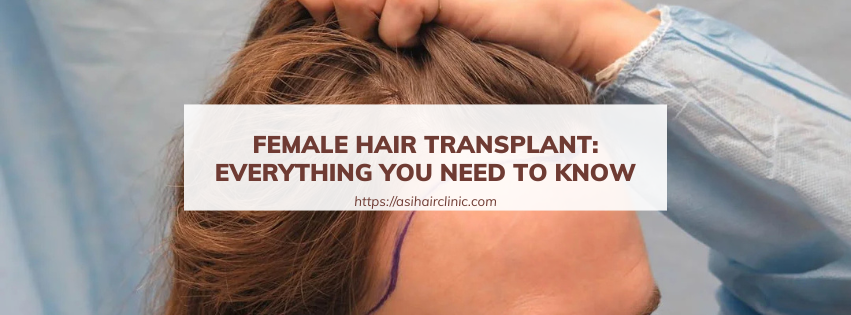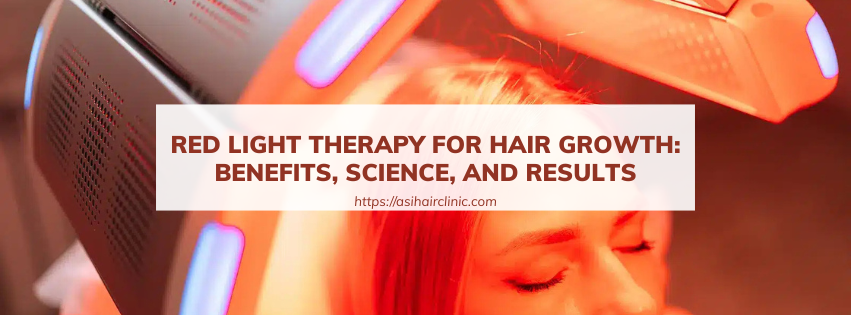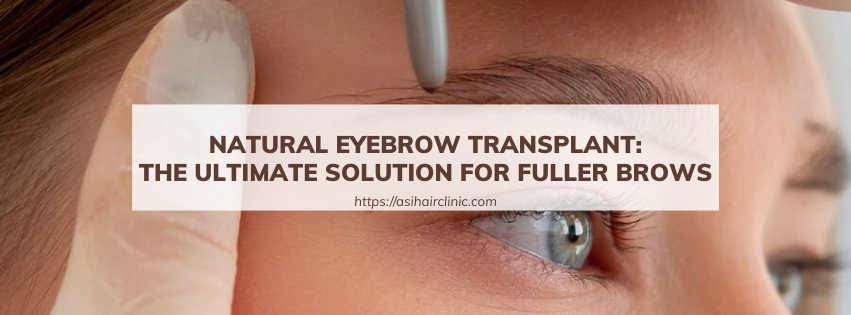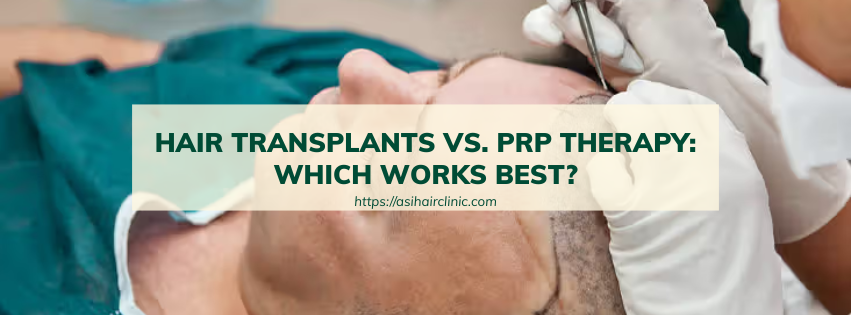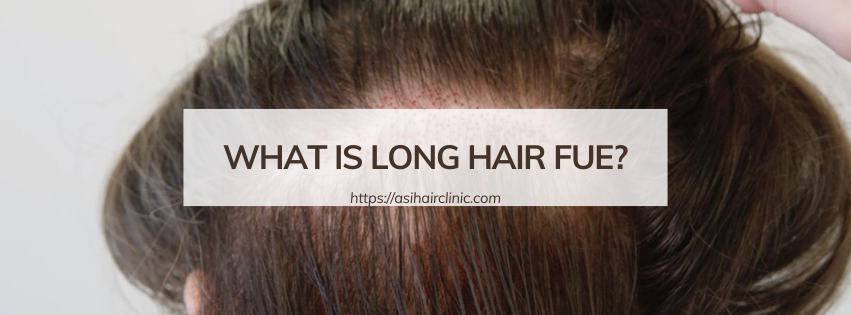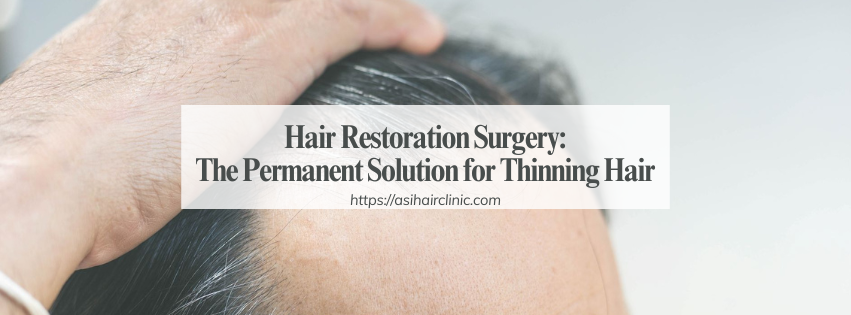Traction Alopecia – Act at the First Signs
Traction alopecia is a hair loss condition that often goes unnoticed in its early stages, yet it can profoundly affect an individual's self-esteem and overall quality of life. This condition arises from consistent tension on hair follicles, primarily due to certain hairstyles that place excessive stress on the scalp. As hairstyles such as tight braids, weaves, ponytails, and dreadlocks become popular, particularly among individuals with textured hair types, the risk of developing traction alopecia increases significantly. Understanding this condition's mechanics, identifying early signs, and seeking timely intervention is crucial for preserving hair health.
1. Understanding the Mechanics of Traction Alopecia
Before delving into the specifics of traction alopecia, it's vital to grasp how our hair grows and the delicate structure responsible for its growth-the hair follicle. Hair follicles are tiny organs located beneath the skin's surface that support each strand of hair. These follicles are not only crucial for hair production but are also sensitive to various external factors, including physical tension.
1.1. The Process of Follicular Distortion
When hair follicles experience chronic tension, several biological processes unfold. The hair shaft is subjected to consistent pulling, which alters the natural angle of the follicle. As a result, the blood supply to the follicle becomes compromised. This impedes the delivery of essential nutrients and oxygen, disrupting the optimal environment required for hair growth. Over time, this distortion can lead to significant changes in hair health.
The mechanics involved here are quite complex. Just like any other organ in the human body, hair follicles rely on adequate blood flow to function correctly. The hair matrix cells, which are responsible for hair production, require a steady supply of nutrients to generate healthy strands of hair. When this supply is interrupted, it leads to thinning and eventual hair loss.
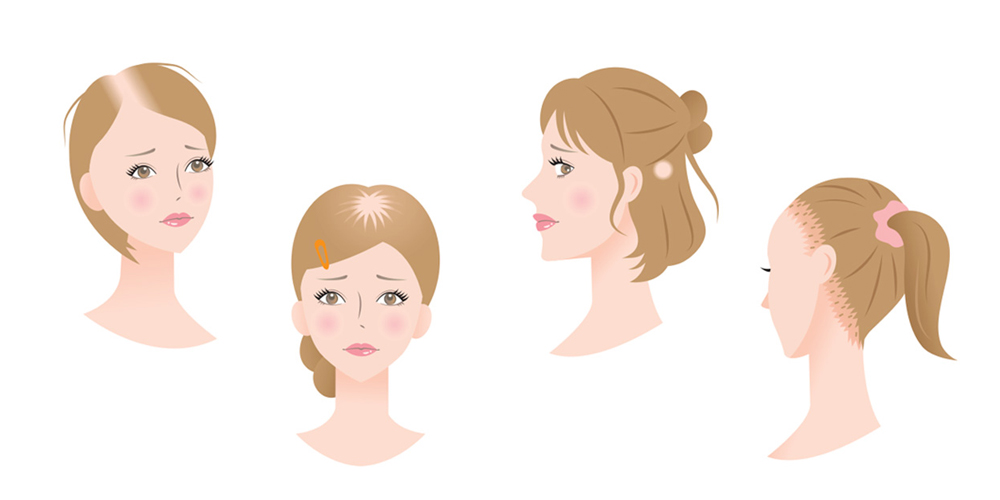
1.2. Inflammation and Scarring: The Aftermath
As the follicle grapples with reduced blood circulation, an inflammatory response emerges. This inflammation manifests itself as discomfort, tenderness, and sometimes pain on the scalp. If the underlying issue is not addressed, prolonged inflammation may lead to scarring around the hair follicles. Scarring can be detrimental-once a scar develops in the area where the follicle resides, it can permanently disable the follicle's ability to generate hair, leading to irreversible hair loss.
Moreover, this inflammatory response initiates a vicious cycle. As the hair begins to thin and fall out, the individual may feel inclined to resort to tighter hairstyles in a bid to maintain their aesthetic, further exacerbating the problem. This pattern of behavior highlights the need for education and awareness regarding proper hair care practices.
1.3. Miniaturization and Hair Loss: The Final Stages
Eventually, as the follicle faces ongoing distress, it enters a stage known as miniaturization. During this phase, the follicle's output diminishes, resulting in thinner, weaker hair. Rather than producing full strands of hair, the follicle struggles to create even short or fine hairs. Miniaturization typically begins at the hairline, temples, or nape of the neck-areas most frequently subjected to tension.
Given these insights, the mechanics behind traction alopecia reveal a clear connection between hairstyle choices and hair health. Many individuals may continue wearing styles that could potentially damage their hair without recognizing the long-term consequences. Awareness and understanding of these mechanics empower individuals to make informed decisions about their hairstyles.
2. The Culprits: Identifying Hairstyles That Contribute to Traction Alopecia
As we've established, certain hairstyles are more likely to contribute to the development of traction alopecia. By understanding these culprits, individuals can take proactive steps to protect their hair and scalp.
2.1. Tight Braids and Cornrows: A Double-Edged Sword
Tight braids and cornrows are beloved for their versatility and cultural significance. However, despite their popularity, they can exert immense force on both hair and scalp. When braided too tightly, the weight of the additional hair can lead to inflammation and irritation of the hair follicles.
Individuals may notice discomfort during the braiding process, dismissing it as a normal aspect of hairstyling. However, if discomfort persists or turns into pain, it’s a strong indicator that the style may be too tight. It's essential to recognize that while these hairstyles can be visually appealing, the potential for long-term damage should not be overlooked.
In addition to discomfort, tight braids lead to hair breakage and thinning. The constant strain on the hair shaft weakens the hair over time, making it more prone to falling out. To enjoy the beauty of braids while minimizing risks, opt for looser styles or give your hair regular breaks between tight hairstyles.
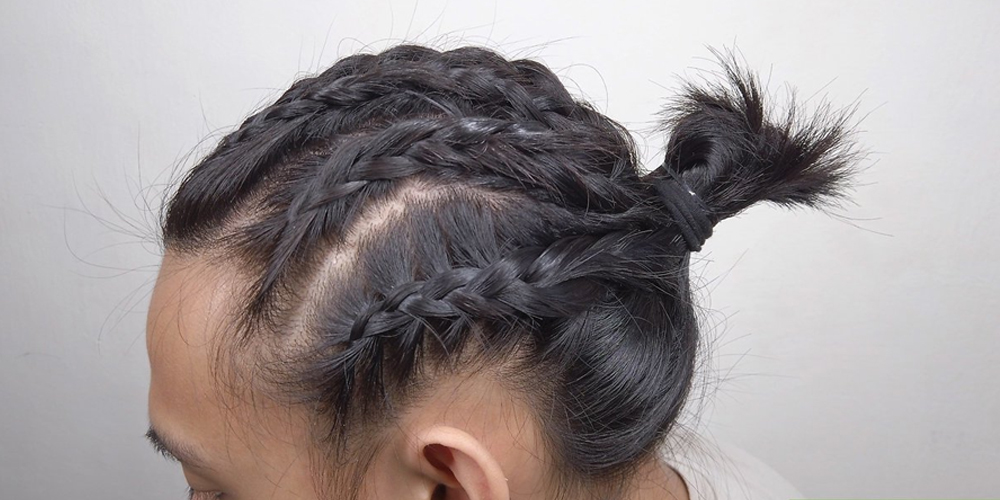
2.2. Extensions and Weaves: The Hidden Risks
Extensions and weaves can provide volume and length to natural hair, but they come with hidden risks that many individuals may not consider. When extensions are attached through methods like braiding or gluing, they can create significant tension on the existing hair.
Over time, the pressure from the extensions can cause the hair to weaken and break at the points where they are attached. Moreover, if the extensions are heavy or poorly maintained, they can put undue stress on the hair follicles, leading to traction alopecia.
To mitigate these risks, it’s wise to choose lighter-weight extensions and consult with skilled professionals who understand how to apply them gently. Regular maintenance is crucial to avoid complications arising from matted or neglected hair.
2.3. Ponytails and Tight Hair Ties: Everyday Habits
Ponytails are one of the most common hairstyles globally, often seen as a quick and convenient option for busy lives. Unfortunately, securing hair back using tight elastics or bands can gradually contribute to traction alopecia.
The simple act of pulling hair tightly into a ponytail can create tension along the hairline, nape, and crown of the head. This repeated pulling, especially when combined with the daily use of tight hair ties, can lead to hair thinning and loss. The key here is moderation; alternating between loose and tight styles will provide much-needed relief to the hair follicles.
Additionally, opting for gentle hair accessories-such as fabric-covered hair ties or scrunchies-can significantly reduce the risk of damage. Taking these small steps can help prevent unnecessary strain on the hair.
2.4. Chemical Treatments: The Invisible Contributor
While not a hairstyle per se, chemical treatments play a significant role in hair weakening. Harsh chemicals used for straightening or relaxing hair can render hair fragile and more susceptible to breakage. When combined with tight hairstyles, the risk of developing traction alopecia increases exponentially.
It's worth noting that chemically treated hair requires extensive care and attention. Individuals undergoing these treatments should prioritize gentle hairstyling practices and consider incorporating deep conditioning treatments to strengthen their hair.
2.5. Cultural Sensitivity and Awareness in Hairstyling Choices
It’s important to approach the conversation surrounding traction alopecia with cultural sensitivity. Many styles that contribute to the condition are deeply rooted in cultural traditions and pride. Engaging communities in dialogue about the potential risks associated with certain hairstyles presents an opportunity to honor cultural heritage while promoting healthy hair practices.
Awareness campaigns and educational resources can empower individuals to make informed choices about their hairstyles without compromising their cultural identity. By fostering a balance between aesthetics and well-being, we can encourage healthier hair practices across cultures.
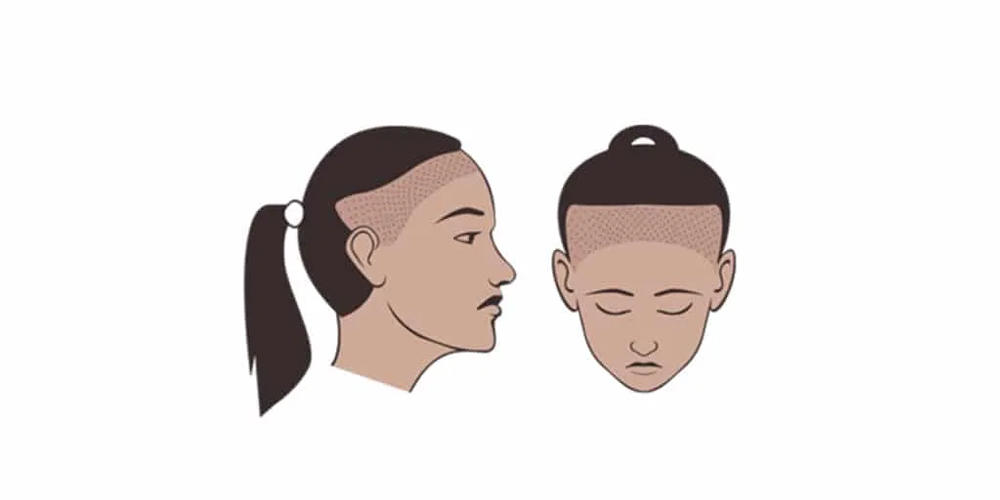
3. Recognizing the Early Warning Signs: Don’t Ignore the Subtle Clues
Identifying traction alopecia in its early stages is crucial for effective intervention. Awareness of the subtle warning signs allows individuals to take immediate action before the condition progresses to irreversible hair loss.
3.1. Scalp Tenderness and Itching: The Initial Indicators
One of the first symptoms that may indicate traction alopecia is scalp tenderness. This sensation can manifest as itching or a burning feeling, particularly in areas where the hair is pulled tightly. Individuals may dismiss these sensations as minor irritations, but they often signal that the hair follicles are under duress.
Paying attention to these early signs is critical. If you consistently experience scalp discomfort after wearing tight styles, it may be time to reevaluate your hairstyling practices. Ignoring these signals could lead to further inflammation and exacerbate existing issues.
3.2. Hair Breakage and Thinning: Visual Cues of Trouble
Increased hair breakage, particularly around the hairline and temples, is another telling sign of traction alopecia. Individuals noticing an unusual amount of hair shedding or a decrease in overall hair volume should take note.
Breakage typically occurs at the weakest points of the hair shaft, often coinciding with areas experiencing the most tension. This visual cue serves as an important indicator that the current hairstyle may be causing damage. When assessing hair health, observing changes over time can reveal patterns that warrant investigation.
3.3. Scalp Pain: A Clear Signal
Scalp pain, whether intermittent or persistent, is a clear indication that something may be amiss. Constant pulling on the hair can induce pain in the scalp, suggesting that the hair shaft and follicles are facing undue stress.
If scalp pain is experienced regularly, it’s essential to seek professional help. Continued discomfort is not normal, and it’s critical to address the underlying causes promptly to prevent further harm.
3.4. Small, Pimple-Like Bumps: The Early Warning
Folliculitis, characterized by small, pimple-like bumps on the scalp, can also point toward impending traction alopecia. These bumps arise from inflammation of the hair follicles and may develop in response to ongoing irritation caused by tight hairstyles.
Recognizing these bumps as a precursor to more serious hair loss is vital. They serve as a warning that the follicles are becoming inflamed and may be on the path to damage. Seeking assistance when these bumps appear can help reverse the inflammation before it progresses to more severe conditions.
3.5. Redness and Swelling: The Body's Response
Inflammation can manifest as redness and swelling of the scalp-another key indicator of traction alopecia. Areas of the scalp exposed to continuous tension may show visible signs of distress.
If the scalp appears irritated or swollen, it’s crucial to take a step back and reassess your hairstyling practices. Allowing time for the scalp to heal can prevent further inflammation and mitigate the risk of permanent hair loss.
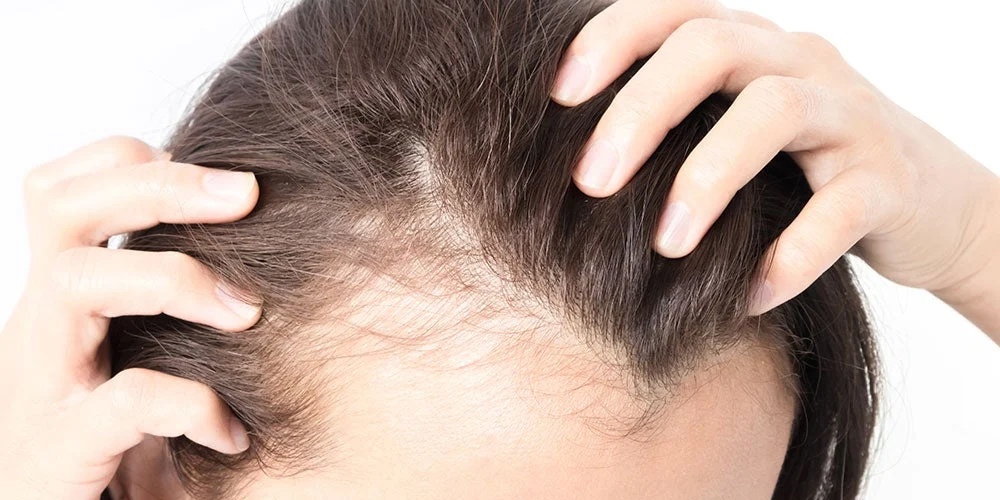
4. Seeking Professional Help: Diagnosis and Treatment Options
If you suspect that you may be experiencing traction alopecia, seeking guidance from a dermatologist or trichologist is essential. These specialists possess the knowledge and expertise to offer an accurate diagnosis, assess the severity of the condition, and recommend tailored treatment options.
4.1. The Consultation Process: What to Expect
During your consultation, expect the doctor to conduct a thorough evaluation of your scalp and hair. They will inquire about your hair care routine, including the types of hairstyles you frequently wear, products used, and any noteworthy symptoms you've experienced.
In some instances, diagnostic tests such as scalp biopsies or blood tests may be suggested to rule out other potential causes of hair loss. This comprehensive approach ensures that all possible factors contributing to hair health are taken into consideration.
4.2. Modifying Hairstyles: The First Step Toward Recovery
One of the most fundamental steps in treating traction alopecia involves modifying your hairstyle choices. Transitioning to looser, less tension-inducing styles can dramatically improve scalp health and prevent further damage.
Consider opting for protective styles that shield the hair from stressors while allowing for healthy growth. Loose buns, braids, or twists can provide a stylish aesthetic without placing undue strain on the hair follicles.
4.3. Topical and Oral Medications: Addressing Inflammation
For cases involving inflammation, dermatologists may prescribe topical corticosteroids to alleviate discomfort and reduce itching associated with traction alopecia. These medications can help calm the inflammatory response triggered by tension on the scalp.
Alternatively, oral medications may be warranted in more severe cases. These prescriptions aim to manage inflammation or stimulate hair growth. Collaborating closely with a healthcare professional ensures that the chosen treatment aligns with your specific situation.
4.4. Cutting-Edge Therapies: Exploring PRP Treatment
Platelet-Rich Plasma (PRP) therapy represents an innovative treatment option for traction alopecia. This procedure involves drawing a sample of the individual's blood, processing it to concentrate the platelets, and then injecting this solution into the scalp.
PRP therapy has shown promise in promoting healing, stimulating dormant hair follicles, and enhancing hair growth. While not suitable for everyone, it offers a potential avenue for those seeking to reverse the effects of traction alopecia.
4.5. Hair Transplantation: A Last Resort
In cases of permanent hair loss due to scarring or extensive damage, hair transplantation may be considered as a last resort. During this procedure, healthy hair follicles are extracted from unaffected areas and transplanted into regions experiencing hair loss.
While successful, hair transplants are often invasive and come with a recovery period. It's crucial to weigh all available options and discuss them with a qualified specialist before making any decisions regarding hair restoration.

5. Prevention is Key: Embracing Gentle Hair Care Practices
Preventing traction alopecia from developing in the first place is paramount. Embracing gentle hair care habits can go a long way in safeguarding hair follicles and maintaining overall hair health.
5.1. Avoiding Tight Hairstyles: A Conscious Choice
Opting for loose hairstyles is one of the most effective ways to prevent traction alopecia. Consider choosing styles that allow your hair to rest rather than continuously pulling on it. Experimenting with different hairstyles can help identify what feels comfortable while minimizing stress on the hair.
5.2. Varying Hairstyles: Giving Your Hair a Break
Keeping the same tight hairstyle for extended periods can significantly increase the risk of developing traction alopecia. By rotating between various styles, you grant your scalp moments of reprieve from tension.
This conscious practice not only promotes hair health but can also add variety to your look. Embrace new styles and techniques that celebrate the beauty of your natural hair texture while prioritizing its health.
5.3. Limiting Chemical Treatments: Prioritizing Strength
Excessive use of harsh chemical treatments can weaken hair, making it more vulnerable to breakage and hair loss. Opt for gentler alternatives and embrace natural hair care practices whenever possible.
Investing in high-quality, sulfate-free shampoos, conditioners, and treatments can enhance the health of your hair without introducing harmful chemicals. Additionally, nourishing your hair with natural oils can promote strength and resilience.
5.4. Protecting Your Hair: Mindful Activities
During activities that may expose your hair to stressors, such as working out or swimming, consider tying your hair loosely. Avoid hairstyles that create unnecessary pressure during physical activities, as this can lead to injury over time.
Taking extra care during strenuous activities will preserve your hair health and allow for safe engagement in your lifestyle.
5.5. Massaging Your Scalp: Enhancing Blood Circulation
Regularly massaging your scalp can work wonders for hair health. Not only does it promote blood circulation, which is vital for nourishing hair follicles, but it also aids in relieving tension accumulated in the scalp. Take a few minutes each day to gently massage your scalp, encouraging relaxation and improving overall hair growth.
5.6. Maintaining a Healthy Diet: Nourishing Your Hair from Within
Hair health is intrinsically linked to nutrition. Consuming a well-balanced diet rich in vitamins and minerals is essential for supporting healthy hair growth. Ensure you incorporate foods high in iron, zinc, biotin, and other essential nutrients that benefit hair health.
A holistic approach to wellness, including exercise, hydration, and proper sleep, can also have positive effects on hair vitality.
Conclusion
In conclusion, traction alopecia remains a prevalent yet often overlooked condition that can lead to irreversible hair loss if left unaddressed. By understanding the underlying mechanics of this condition, identifying its early signs, and taking proactive measures, individuals can significantly reduce their risk of developing traction alopecia.
Prioritizing gentle hair care practices, embracing varied hairstyles, and seeking professional guidance when needed are vital steps in protecting hair follicles and ensuring healthy, thriving hair. Never underestimate the importance of early intervention-if you notice any concerning symptoms indicative of traction alopecia, consult a dermatologist or trichologist promptly. With proper management and preventive measures, you can safeguard the health of your hair and revel in the confidence that comes with vibrant, beautiful locks.
LATEST POSTS

